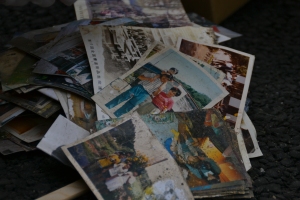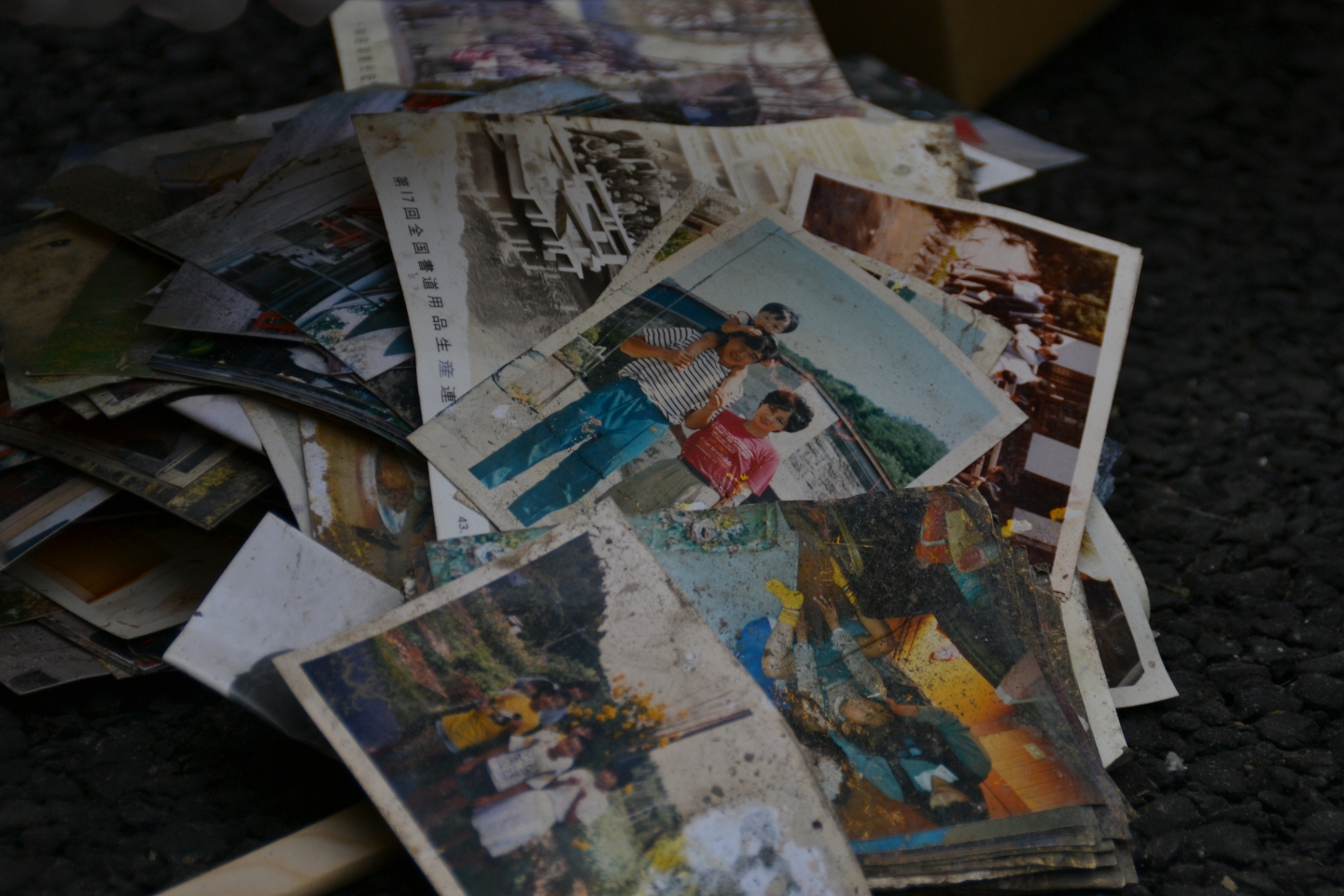An interview with Linda Ohama about A New Moon Over Tohoku
By Adam Cook

Linda Ohama’s new documentary, A New Moon Over Tohoku compassionately chronicles the 2011 earthquake, tsunami and nuclear accident that devastated the coastal Japanese region of Tohoku through numerous interviews with survivors. An essential look into one of the most devastating natural (and unnatural) disasters in recent memory, we were able to speak with Ohama about how the project came together and her experiences working in Japan.
VIFF: Could you talk about the origin of A New Moon Over Tohoku?
Ohama: I was in Vancouver 6 years ago on March 11, 2011 and watched with horror the devastation from the giant tsunami that hit the long strip of the Tohoku coastline’s three provinces. Though I’d never been to Tohoku before, but seeing the images on the internet and media, and my deeply rooted connections to Japan forced me to try and do something to help out. First as a volunteer fundraiser here in Vancouver, then as a volunteer on the ground in the disaster area of northern Japan.
Initially, I didn’t go as a filmmaker, but as just another person who was so moved that I needed to help in some way. I intended to go to help for a few weeks initially like most volunteers. After doing some volunteering, working in the destroyed villages and towns along the coastline, I met so many survivors who asked, and often begged to help tell their story when somehow they found out that I was a filmmaker. But I resisted their pleas for many months because I felt it was not my place as an “outsider”.
I was working with young children (www.clothletters.com) and with the fishermen—my grandpa was a fishermen in Steveston before WWII—in Iwate and Miyagi provinces.
After a few months, I made my way into the ‘no go zone’ area of Fukushima. The contaminated towns were emptied of any life. It was so eerie and sad. It was here that the filmmaker in me rose to the surface and I turned the video recorder on my Nikon SLR camera. Once I started, there was no turning back and for a period of 2.5 years, I filmed and interviewed survivors in these Tohoku communities.
VIFF: Can you talk about your ties to Japan and your family’s connection to natural disasters?
Ohama: I am third generation Canadian raised in a small remote community in southern Alberta with grandparents that immigrated to Canada from Japan. Another film that I did, Obaachan’s Garden reflects on my strong personal connection to the Hiroshima area of Japan. My maternal grandmother’s dreams were shattered by another horrific earthquake, the Great Kanto Earthquake of 1923 that destroyed Tokyo and Yokohama.
Losing everything has been a part of my family’s history too. In the 1942 forced evacuation of all Japanese Canadians from the West Coast, my family lost everything here in Greater Vancouver and were sent to the desolate prairies. They eventually became highly successful farmers and somewhat famous potato farmers only to lose everything they had after 50 years to the banks. They were one of the many thousands of other family farms in Canada that lost everything they owned that same year to the banks. So I have seen loss.
VIFF: How did you want to approach this project and help share peoples’ stories?
Ohama: I decided early that this story would take time, years instead of weeks or months on location, filming for an extended period of time, person to person allowed trust and comfort to grow. I have always known that old traditions and culture are an important part of Japanese life and these were a very big part of the loss and the healing felt by the Tohoku survivors. These connections are so imbedded into their living and dying…something as Canadians we don’t really have or know. So this was a very important part of the Tohoku story that I wanted to include.
VIFF: Can you talk about the cultural specificity of how they deal with survival and trauma?
Ohama: Most Japanese are stoically trained by the culture to be strong, silent, and patient.
Those who are overwhelmed and become disconnected to this strength have often succumbed to depression and loss of hope. Since the disaster, the government has attributed over 3,500 deaths directly related to living as an evacuee (in temporary refugee housing) mostly from suicide. Prescribing medical drugs to calm the stress is commonplace, even in young children. Physical abuse and divorce rates have increased, especially in the evacuated area of Fukushima.
VIFF: What was your biggest challenge?
Ohama: The physical conditions of working in a disaster area as a foreigner. With basic supplies, transportation and accommodation non-existent in areas with all buildings, the whole town being gone made for technical challenges too. Budget was a challenge. But our end roll credits reflect the many generous people and talents that helped me bring this project to the finish line. Six Japanese living in Vancouver volunteered to translate the interviews into English. We worked 6 days a week, and this alone took over 5 months, translating 2.5 years of interviewing over 80 people multiple times.
